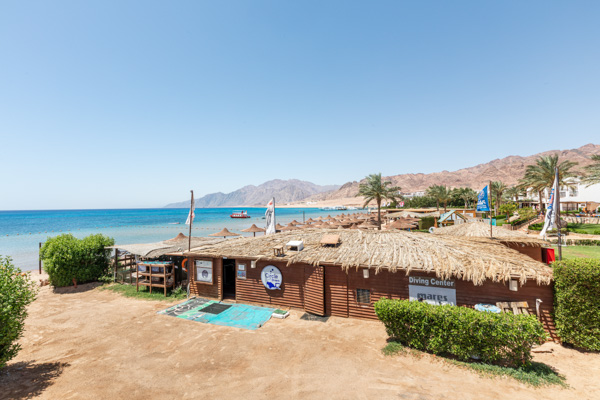10 Interesting Facts About The Spanish Dancer
_7efc5__lg.jpg)
Commonly seen by many of our guests, the Spanish Dancer is often said to be one of the most alluring sights you spot on the corals of the Red Sea – and that from a sea slug too! Let’s take a look in more detail at the Spanish Dancer. 1. They Are Nudibranchs The scientific name for a Spanish Dancer, Hexabranchus Sanguines literally translates as Six Gill Blood Colored. Despite their romantic sounding name, the Spanish Dancer is a sea slug - a gastropod, just like your run of the mill garden slugs or snails. Just they are much larger and quicker! 2. They Can Grow Very Large Of the over 3000 species of nudibranchs, the Spanish Dancer is one of the largest. This majestic sea creature can grow to be as large as 90 cm in length, but more commonly average around 30 cm (or 1 foot) in length. 3. They Can Swim As well as holding the title of one of the largest nudibranchs, they are the only kind of this species that can swim – other nudibranchs tend to crawl like a traditional slug. With no bones or fins to help with swimming, the Spanish Dancer underlates through the water in an almost dance lie way, hence the name. The sight of a Spanish dancer swirling like a flamenco dancer is one you are sure to never forget! 4. You Can Only See Them in The Red Sea or Indo - Pacific oceans. But worth the trip though! 5. They Breathe Through Gills Spanish Dancers are one of the few nudibranch species known as dorid nudibranchs as they breathe through gills – located at the posterior of the Spanish Dancer. Most other nudibrachs are eolid nudis which have a series of cerata over ther backs which allows for gas exchange through their epidermis. 6. The Bright Red Color Warns Off Predators While we may often eat with our eyes and choose more colorful food, not so much underwater. The bright red color of a Spanish Dancer doesn’t really give them anywhere to hide but also warns predators they taste bad. 7. They Taste Horrible Not that many sea slugs taste nice, the Spanish Dancer actually tastes disgusting and is quite toxic. Feeding on a particular type of sea sponge they derive a potent distasteful chemical which is also imbibed to their otherwise very obvious eggs. 8. They Keep Imperial Company A strange underwater companionship you will often find an Emperor Shrimp happily sat on top of the Spanish Dancer as they “swim” along. The Emperor Shrimp picks the dirt and any parasites off the sea slug, while the Spanish dancer as a enormous toxic gastropod acts as a bodyguard for the shrimp. 9. They Are Hermaphrodites. Although a Spanish Dancer has both male and female reproductive organs, they don’t self fertilize and still need a mate. A bit like the human mating ritual, a male Spanish Dancer will use his exquisite dancing skills to attract a mate. 10. They Lay Rose-Like Egg Ribbons The special red egg “ribbons” of a Spanish Dancer are typically 70 cm or 27 inches long which are coiled into pretty rose which attach themselves to the rocks. Although most Spanish Dancer sightings are at night, the distinctive roses can be seen at any time and are a good indication there are Spanish Dancers in the area. A night dive at Circle Divers house reef in Ras Um Sid provides the perfect opportunity to witness the Spanish dancer as it flamencoes through the sea.


